Going Ashore
SOUTH SHETLAND ISLANDS– By far one of the biggest treats for those of us on the boat is getting ashore and visiting the sub-Antarctic field camps. First of all, stretching our legs on land is absolutely wonderful after so much time on a boat. Even more delightful is standing amongst the scurrying penguins and barking fur seals which the field crews spend the season studying. With fall fast approaching it is time for the field camps Cape Sheriff and Copacabana, both in the South Shetlands, to close for the winter.
We steamed our boat to about a mile or two off Livingston Island, where Cape Sheriff is located, and then hopped in zodiacs (small rubber boats) to make the last trek. When our zodiac arrived at Cape Sheriff we were immediately greeted by a dozen or so fur seals. As we walk among the colony the moms bark and snarl warning us to keep away, while the playful and curious pups charge right up to us, sometimes even nicking our boots. The thriving colony is a wonderful site to see, bearing in mind that fur seals were considered extinct at the end of the 19th century due to ruthless harvesting.

Fur seal pupping colony near Cape Sheriff on Livingston Island. Pups are the little ones, males are the large ones with the furry mane, and females are larger (though not as large as males) without a mane.
Photo by Lara Asato
Here at the Cape they are studying foraging and population ecology primarily of fur seals and chinstrap and gentoo penguins. They study diet and foraging behavior (i.e. where they go to eat and how they find their food) as well as population size by tagging and tracking studies. They also study breeding biology (i.e. when penguins lay their eggs) and how successful they are based on how many chicks and pups survive.
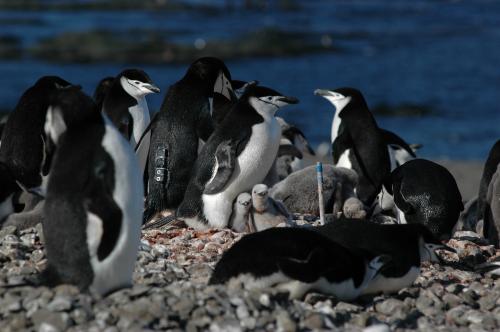
Chinstrap penguin colony at Cape Sheriff field camp. This picture shows young chicks (fluffy grey). You can also see a tagging device on one of the penguins which is used to track the movements of these penguins when they are not at their breeding colonies.
Photo by Kim Dietrich
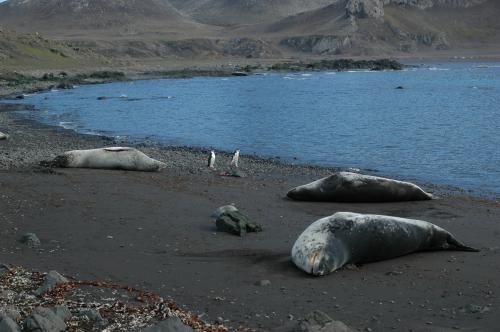
Very brave chinstrap penguins walking among massive resting leopard seals at Cape Sheriff. Leopard seals are the largest and most dangerous seals. They hang out at Cape Sheriff during the pupping season feeding on fur seal pups. They also feed on penguins. Their feeding strategy is the same for both: the famous “death shake.” Where they shake the animal so hard it comes out of its skin. We find the skins on the island and floating in the water as proof!
Photo by Kim Dietrich
The other field camp we service is Copacabana, located on King George Island. When we arrive in our zodiacs at Copa, we land among a bustling penguin colony. However, at this time of year, most of the chicks have already moved on. Copa is mainly a seabird ecology field camp, and like the Cape, they study foraging ecology and reproductive success of Chinstrap, Adelie, and Gentoo penguins as well as South Polar and Brown Skuas, and Giant Petrels.

Me with Gentoo Penguins on King George Island. Elephant seals are in the background.
Photo by Lara Asato

All three penguins that we see at the field camps (both Copacabana and Cape Sheriff), from left to right: Gentoo, Adelie, and Chinstrap penguins in front of Copacabana.
Photo by Lara Asato
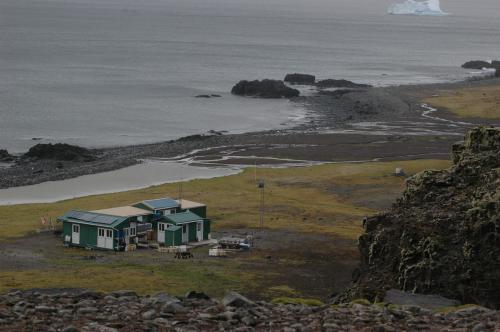
A view of Copacobana Field Camp (NSF funded) on King George Island.
Photo by Kim Dietrich
Unfortunately, both camps reported this was a bad year for penguins and fur seals due to an unusually heavy snow cover. When the penguins came back from their time at sea, they didn’t have adequate ground to build their nests on. They had to lay their eggs in the snow and many eggs sank and froze. The fur seals had a rough year as well. Pups often couldn’t get out of the water and high enough on the beach because of the snow. There was also high pup mortality this year attributed to an increase in leopard seal predation.
I asked Stefan Kropidlowski, the field camp manager at Copa, if the heavy snowfall this year might be climate change induced. He mentioned that global warming would cause an increase in precipitation and that it was uncommon to have so much snow. “But it’s only been one year,” he said, “it if happens for the next 20 years, it’s much clearer.”


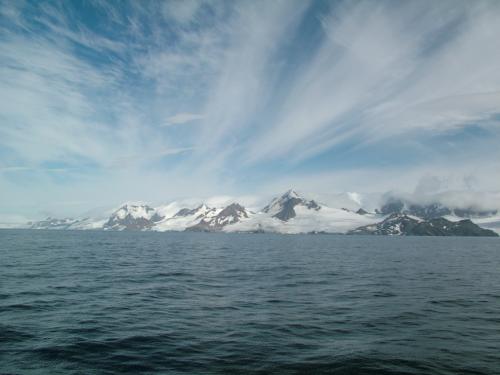
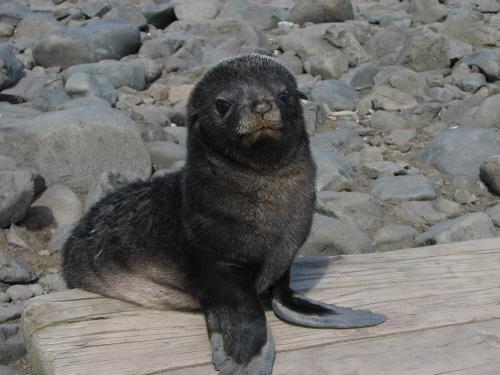
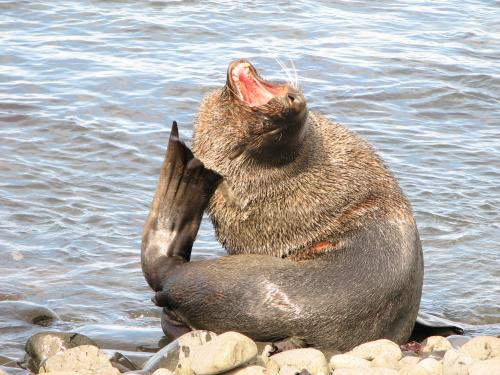
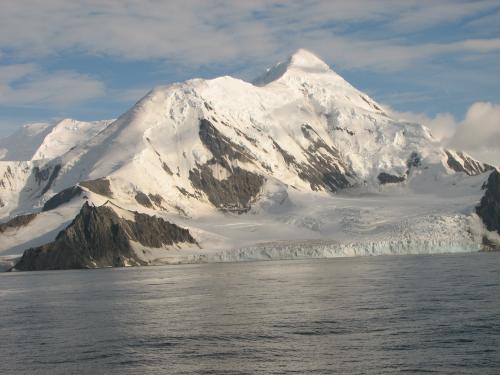
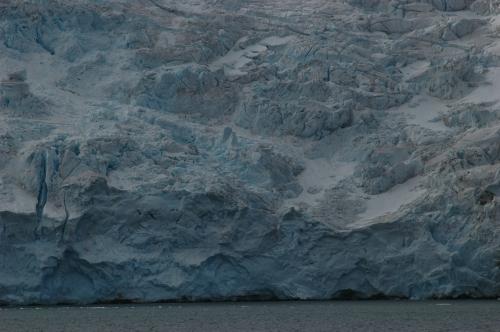








Hello!
I am a student of biology at the University UNISINOS – Brazil, and I am beginning to work with Arctocephalus gazella. My place of study will be South Shetland Island.
Can you send me some paper about this population?
I thank sincerely,
Hi Ana,
Are you interested in papers on the penguins of the South Shetlands or the South Shetlands in general? There are many articles on the South Shetlands, so its a great area to study! Do a general search through your university webbase for scientific articles, or even google scholar. If you let me know what specifically you are looking for, I can help more.
Best wishes and good luck with your research!
Cassandra